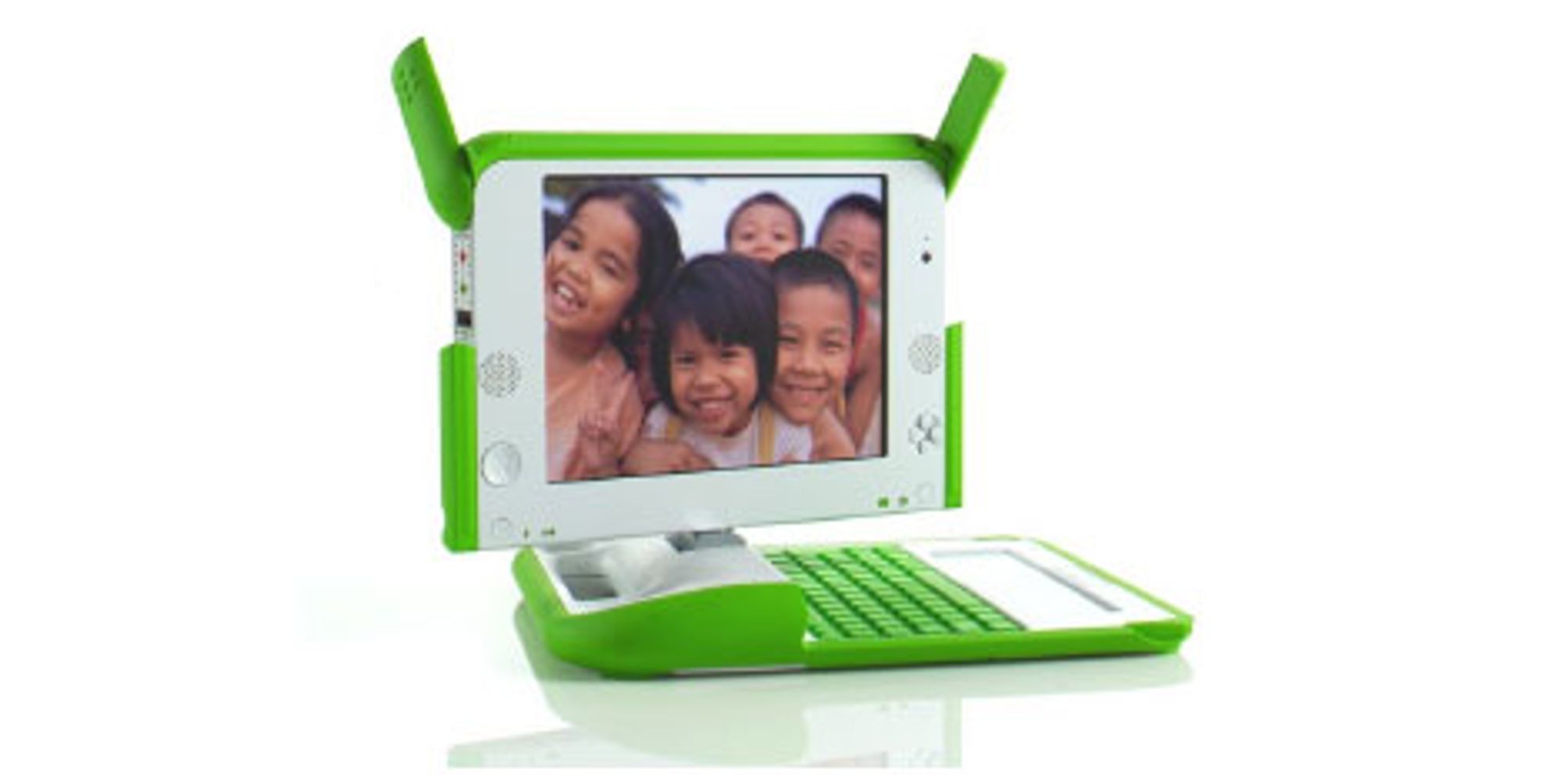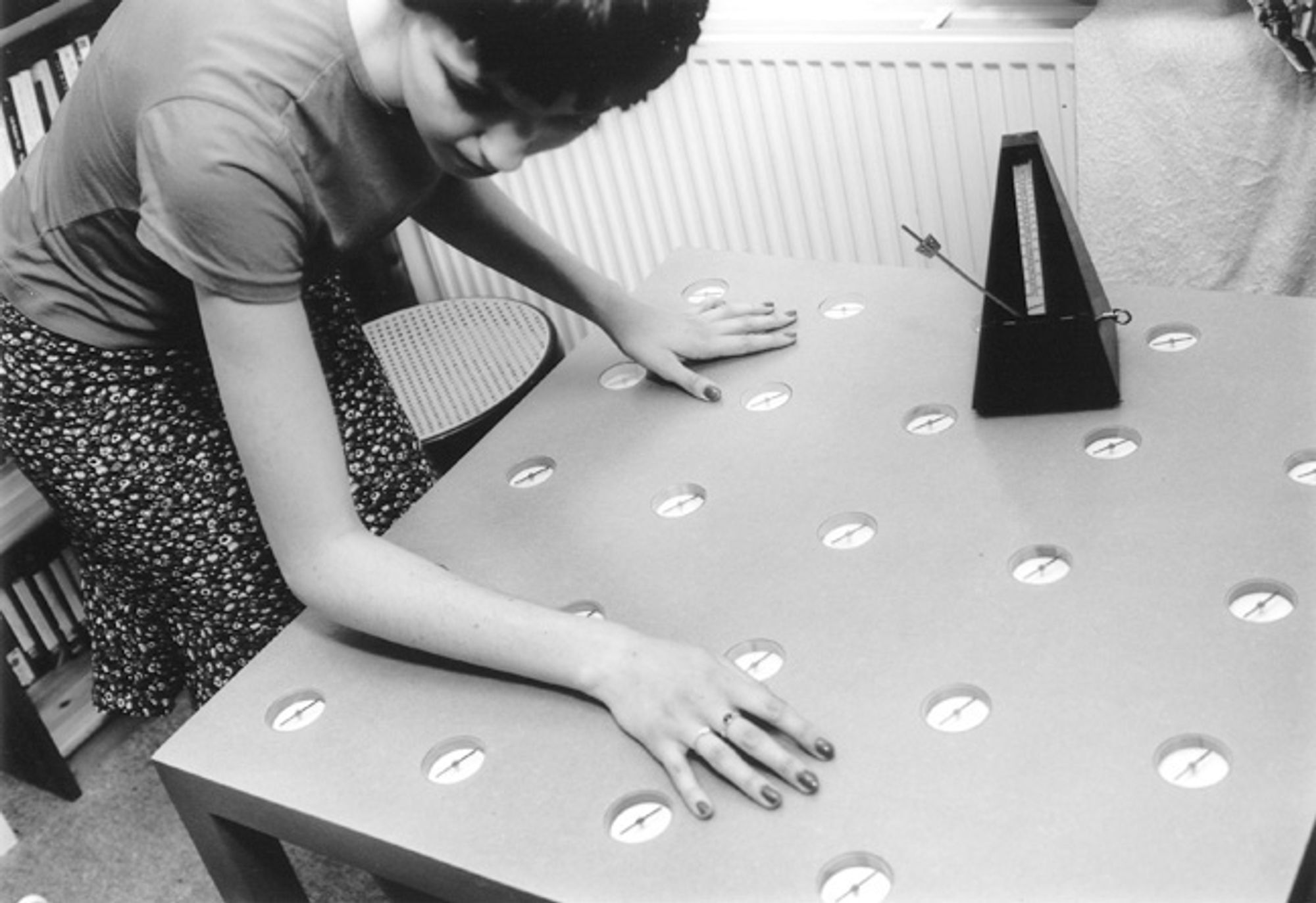
In 2009, American design scholars Bruce Tharp and Stephanie Tharp created the Four Fields Framework for understanding various intentions of design: “Without a compelling, indeed, taxonomic, way of organizing design activity, we are selling ourselves short; we not only have difficulty understanding the profession ourselves, but also in communicating to the world our potency, range, and potential impact.”[i] The fields they propose are: commercial design, responsible design, experimental design, and discursive design.

Commercial design is the most common and probably best-understood field of product design, making up “the overwhelming majority” of professional industrial design activity. The iPhone is an easily understood example. “The primary (though not only) driver of Commercial Design is to make money.”[ii]

Responsible design aims to serve people whose needs are not being met by commercial products. Tharp and Tharp cite as examples the One Laptop per Child project and Ableware cutlery, which is designed to help people with limited dexterity to live more independently. Responsible products may be available on the market, but their primary intention is one of service. “The primary (though not only) driver of Responsible Design is to help those in need.”[iii]

Experimental design explores new materials, new techniques, or new processes for doing the work of designing. This type of work provides new knowledge about ways of doing things. The Animals Project by Front Design is an example. The designers translated material manipulations by animals into goods for humans: “a lamp cast from a rabbit’s burrow, wall hooks that were formed [to resemble] constricting snakes, a lampshade created after recording a fly’s path around a light bulb, a vase created by casting the impression of a dog’s leg in deep snow,” and so on. None of the resulting products was mass-produced or sold, but experiments were shared as investigations offering new ideas. “The primary (though not only) driver of the Experimental Design is to explore.”[iv]

Finally, there is discursive design. It uses the experience of engaging with designed objects to engage in thinking about how designed objects affect everyday lives, including perceptions about the world and about ourselves. “Discursive design as a field encompasses a wide range of ‘conceptual,’ ‘alternative,’ ‘expansive,’ or ‘critical’ practices … unified in their concern for intellectual impact.”[v] In their book Discursive Design, Tharp and Tharp identify hundreds of projects and practices they qualify as “discursive”: The primary (though not only) intent of discursive design is to express ideas.
[i] Bruce Tharp and Stephanie Tharp, “The 4 Fields of Industrial Design,” Core77, January 5, 2009, https://www.core77.com/posts/12232/the-4-fields-of-industrial-design-no-not-furniture-trans-consumer-electronics-toys-by-bruce-m-tharp-and-stephanie-m-tharp-12232.
[ii] Tharp and Tharp, “The 4 Fields of Industrial Design.”
[iii] Tharp and Tharp, “The 4 Fields of Industrial Design.”
[iv] Tharp and Tharp, “The 4 Fields of Industrial Design.”
[v] Tharp and Tharp, Discursive Design, 7.
– –
see also: Discursive Design: Critical Speculative, and Alternative Things by Bruce and Stephanie Tharp (MIT, 2019)
👉 Home
